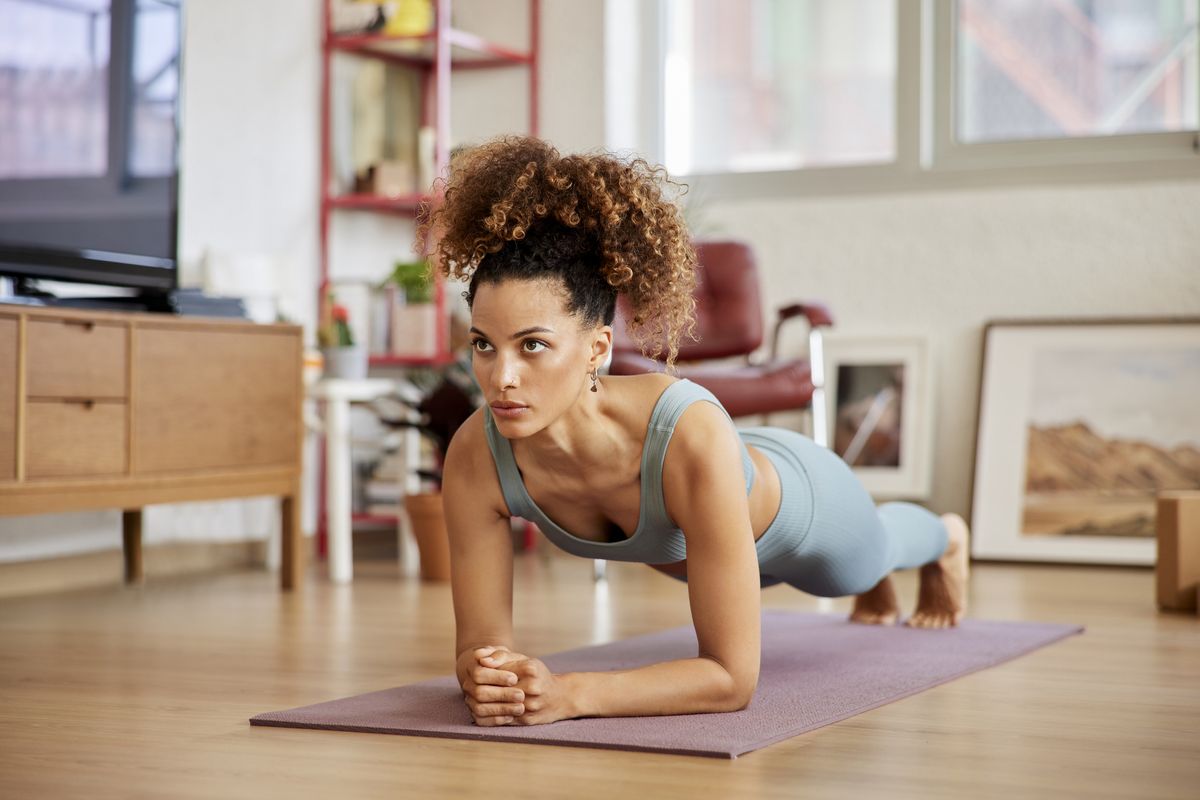Are you looking to kickstart your fitness journey without the need for fancy gym equipment or expensive memberships? Look no further! Bodyweight exercises, also known as calisthenics exercises, offer an incredible way to build strength, increase flexibility, and improve overall fitness, all from the comfort of your own home or any convenient space. Whether you’re an absolute beginner or someone looking to diversify your routine, this comprehensive calisthenics exercises list will walk you through the world of bodyweight exercises, providing step-by-step instructions and tips to ensure your success.
Benefits of Bodyweight Exercises
Before we delve into the specifics, let’s explore the numerous benefits of incorporating bodyweight exercises into your fitness routine:
- Cost-Effective: You don’t need any special equipment, making bodyweight exercises incredibly budget-friendly.
- Convenience: No gym commute! Bodyweight exercises can be done anywhere, anytime, making consistency easier.
- Versatility: Bodyweight exercises cover a wide range of fitness goals, from strength training to cardiovascular conditioning.
- Full-Body Engagement: Many bodyweight exercises engage multiple muscle groups, promoting balanced muscle development.
- Improved Mobility and Flexibility: Bodyweight exercises often involve natural movements that can enhance joint mobility and flexibility.
- No Intimidation: Perfect for beginners who might feel intimidated by gym settings or heavy weights.
- Customizable Intensity: You can adjust the intensity of bodyweight exercises based on your fitness level, making them suitable for everyone.
Getting Started
1. Warm-Up
Before starting any exercise routine, it’s crucial to warm up your body to prevent injury. Spend 5-10 minutes performing dynamic stretches, such as arm circles, leg swings, and torso twists.
2. Basic Bodyweight Exercises
Let’s begin with some foundational bodyweight exercises that are ideal for beginners:
Push-Ups:
- Start in a plank position, hands slightly wider than shoulder-width apart.
- Lower your body towards the ground by bending your elbows.
- Push back up to the starting position.
Bodyweight Squats:
- Stand with your feet shoulder-width apart.
- Bend your knees and lower your hips as if sitting back in a chair.
- Keep your chest up and back straight.
- Push through your heels to return to the starting position.
Plank:
- Begin in a push-up position, but rest on your forearms instead of your hands.
- Keep your body straight from head to heels, engaging your core.
- Hold this position for as long as you can maintain good form.
Glute Bridges:
- Lie on your back with your knees bent and feet flat on the floor.
- Lift your hips towards the ceiling, squeezing your glutes at the top.
- Lower your hips back down and repeat.
3. Proper Form and Technique
Maintaining proper form is essential to avoid injury and ensure effective workouts. Focus on:
- Alignment: Keep your body in a straight line during exercises.
- Breathing: Breathe steadily; exhale during the exertion phase and inhale during the relaxation phase.
- Control: Move slowly and with control to engage muscles fully.
- Engagement: Engage your core muscles to stabilize your body.
4. Progression
As you become more comfortable with the basic exercises, gradually increase the number of repetitions and sets. Once ready, you can progress to more challenging variations of each exercise, such as diamond push-ups, pistol squats, side planks, and one-legged glute bridges.
5. Rest and Recovery
Allow your body time to recover between workouts. Aim for at least one day of rest between intense sessions to prevent overtraining and promote muscle growth.

Designing Your Bodyweight Routine
To create a balanced bodyweight workout routine:
- Include a Variety of Exercises: Target different muscle groups with a mix of upper body, lower body, and core exercises.
- Set Realistic Goals: Define achievable short-term and long-term goals to track your progress.
- Gradually Increase Intensity: As your fitness improves, increase the difficulty of exercises or add more sets and repetitions.
- Stay Consistent: Consistency is key to seeing results. Aim for regular workouts throughout the week.
- Listen to Your Body: Pay attention to how your body feels during and after workouts. Adjust exercises or intensity if needed.
In Conclusion
Bodyweight exercises offer a fantastic way for beginners to embark on their fitness journey. They’re accessible, versatile, and effective in building strength and improving overall health. You can create a sustainable and enjoyable workout routine that aligns with your fitness goals by starting with basic exercises, maintaining proper form, and gradually progressing. Remember, fitness is a personal journey, so focus on your progress and celebrate each step toward a healthier, stronger you!

